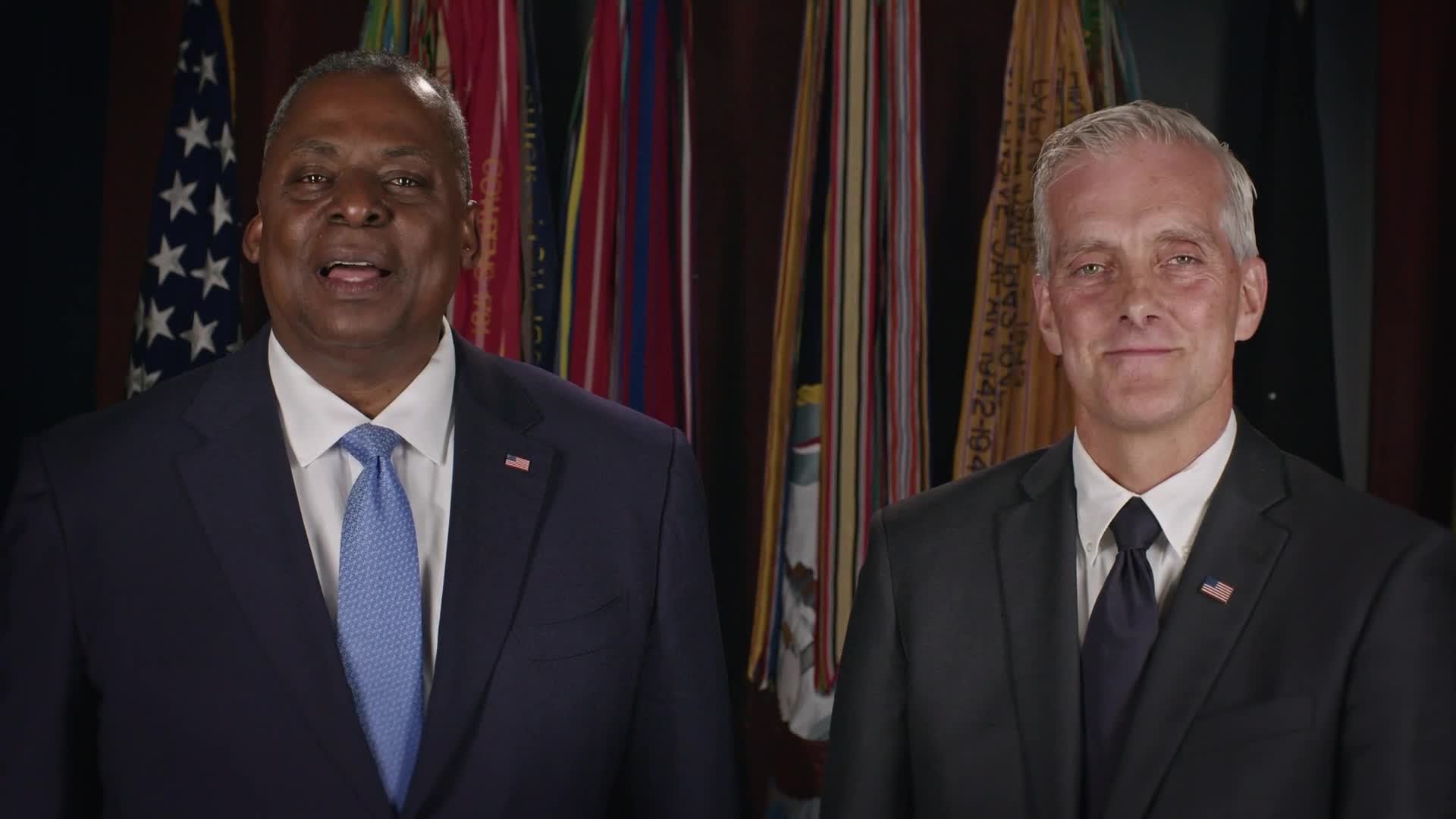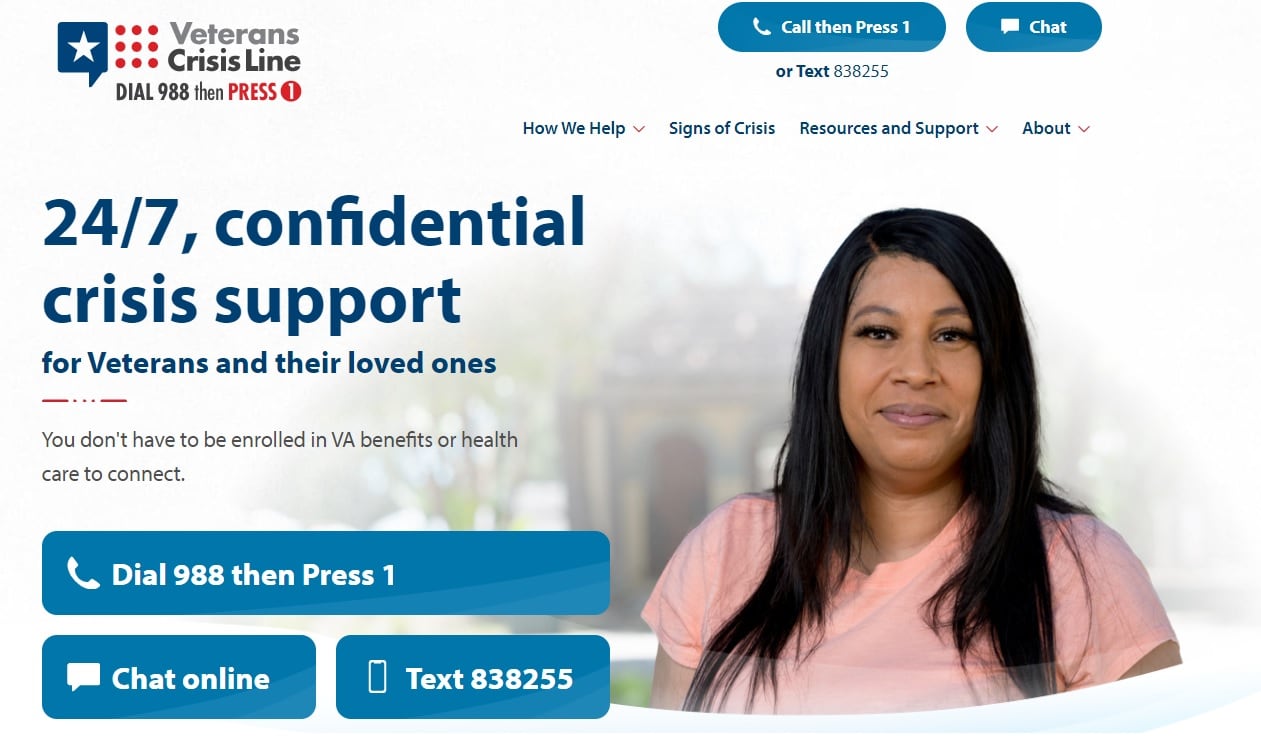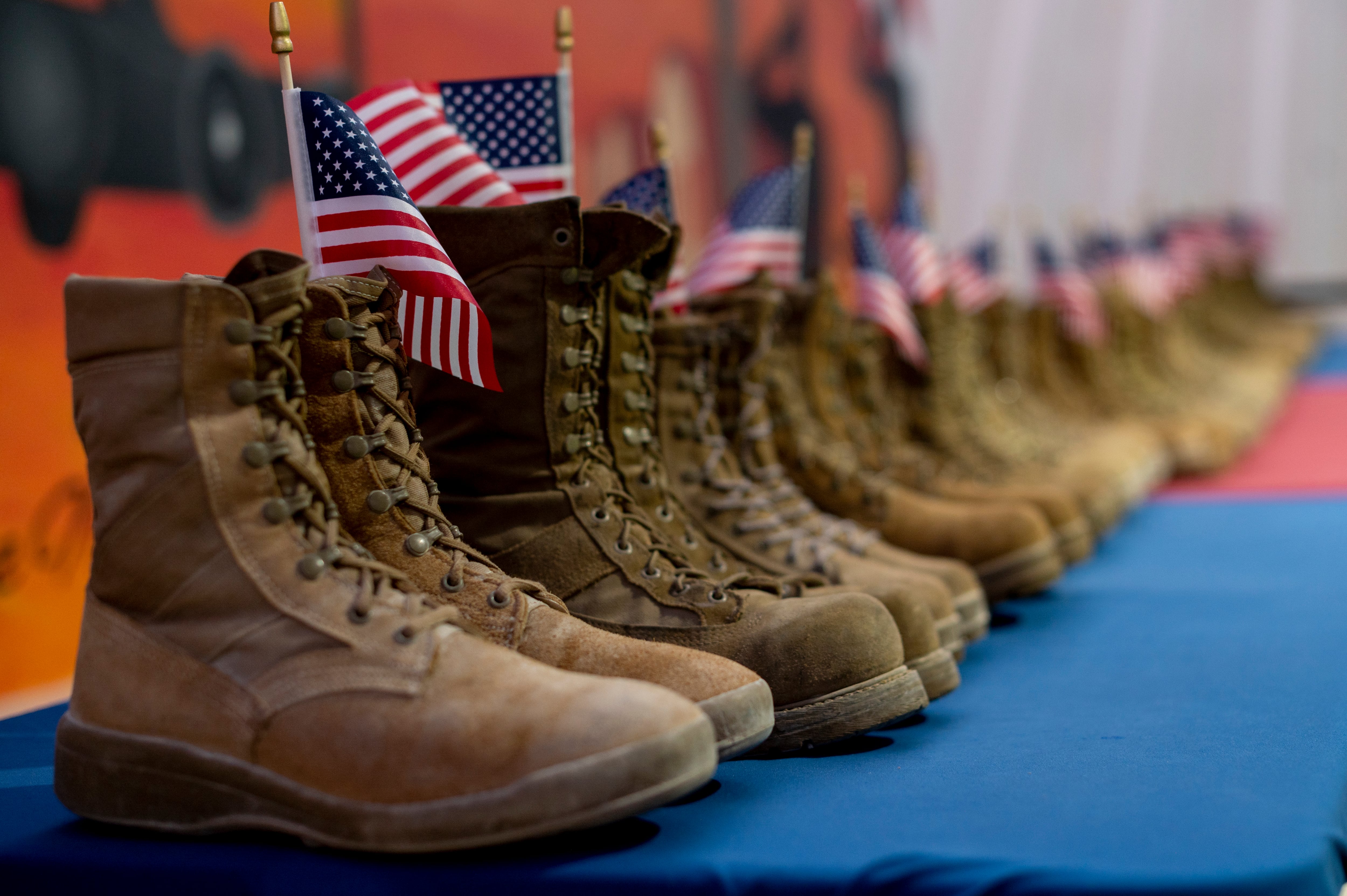The rate of suicide among veterans may be more than double what federal officials report annually because of undercounting related to drug overdose deaths and service record errors, according to a new analysis released Saturday.
Officials from America’s Warrior Partnership, in a joint study with University of Alabama and Duke University, reviewed census death data from 2014 to 2018 for eight states and found thousands of cases of suspected or confirmed suicides not included in federal calculations.
If those figures were to be repeated across the other states, it would push the veterans suicide rate from about 17 individuals a day (the official estimate released by the Department of Veterans Affairs last year) to 44 veterans a day.
RELATED

Jim Lorraine, president of AWP and an Air Force veteran who works in health care, said the goal of the report is not to attack state and federal officials for the shortcomings but to point out areas where death records are incomplete or being overlooked, in an effort to find more solutions to the suicide problem.
“These are all preventable deaths,” he said. “The number is less important than the methodology of tracking them and making sure we have an accurate count … that can lead us to prevention steps.”
The largest category of overlooked deaths — about 60% of the uncounted cases, by the report’s estimate — concern drug overdoses. Lorraine said that in the states his researchers reviewed, many drug deaths were classified as accidents or unknown intent even though indications were that the fatalities should be grouped alongside suicides.
“Whether it’s an accident or a suicide doesn’t really matter. The point is these are preventable,” he said. “So that means we can address them.”
Researchers also found numerous cases where deceased individuals’ military history was incorrectly reported, either by coroners or family members. More often, those mistakes lead to undercounting the number of veteran deaths.
To solve that issue, the group is pushing for more federal tools to access Defense Department records in an effort to confirm an individual’s veterans status.
Addressing the overdose deaths will require new public health efforts from state and local officials, Lorraine said.
“We can build prevention strategies with the data that is currently available,” he said. “It just needs to be merged and analyzed and then used.
“In one state, overdoses may be a higher concern than firearms. In another it might be firearms first. They need to look at the right mechanism for the problems they are facing.”
RELATED

AWP hopes to expand the research to more states and records in the next few years as part of its Operation Deep Dive initiative. Lorraine said he also hopes to push state officials to provide better recording and public access to the death data, to improve public discussion on the issue of veteran suicide prevention.
More information on the research is available at the group’s web site.
Veterans in need of emergency counseling can reach the Veterans Crisis line by dialing 988 or 1-800-273-8255 and selecting option 1 after connecting to reach a VA staffer. In addition, veterans, troops or their family members can also text 838255 or visit VeteransCrisisLine.net for assistance.
Leo covers Congress, Veterans Affairs and the White House for Military Times. He has covered Washington, D.C. since 2004, focusing on military personnel and veterans policies. His work has earned numerous honors, including a 2009 Polk award, a 2010 National Headliner Award, the IAVA Leadership in Journalism award and the VFW News Media award.





